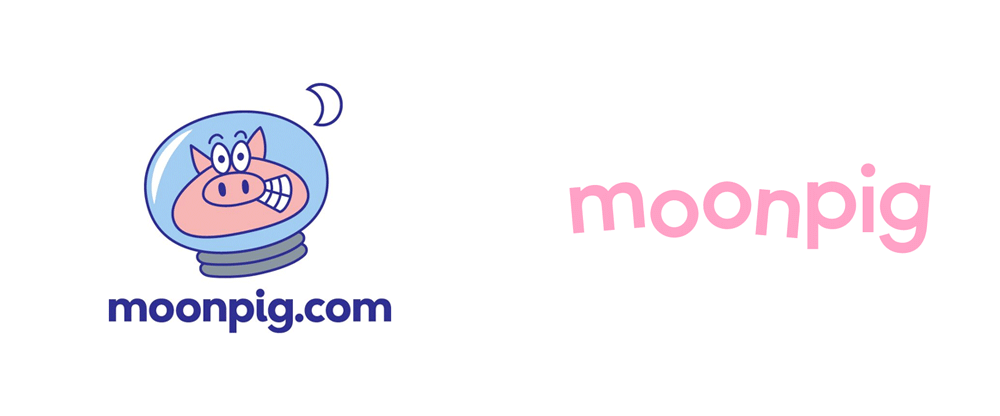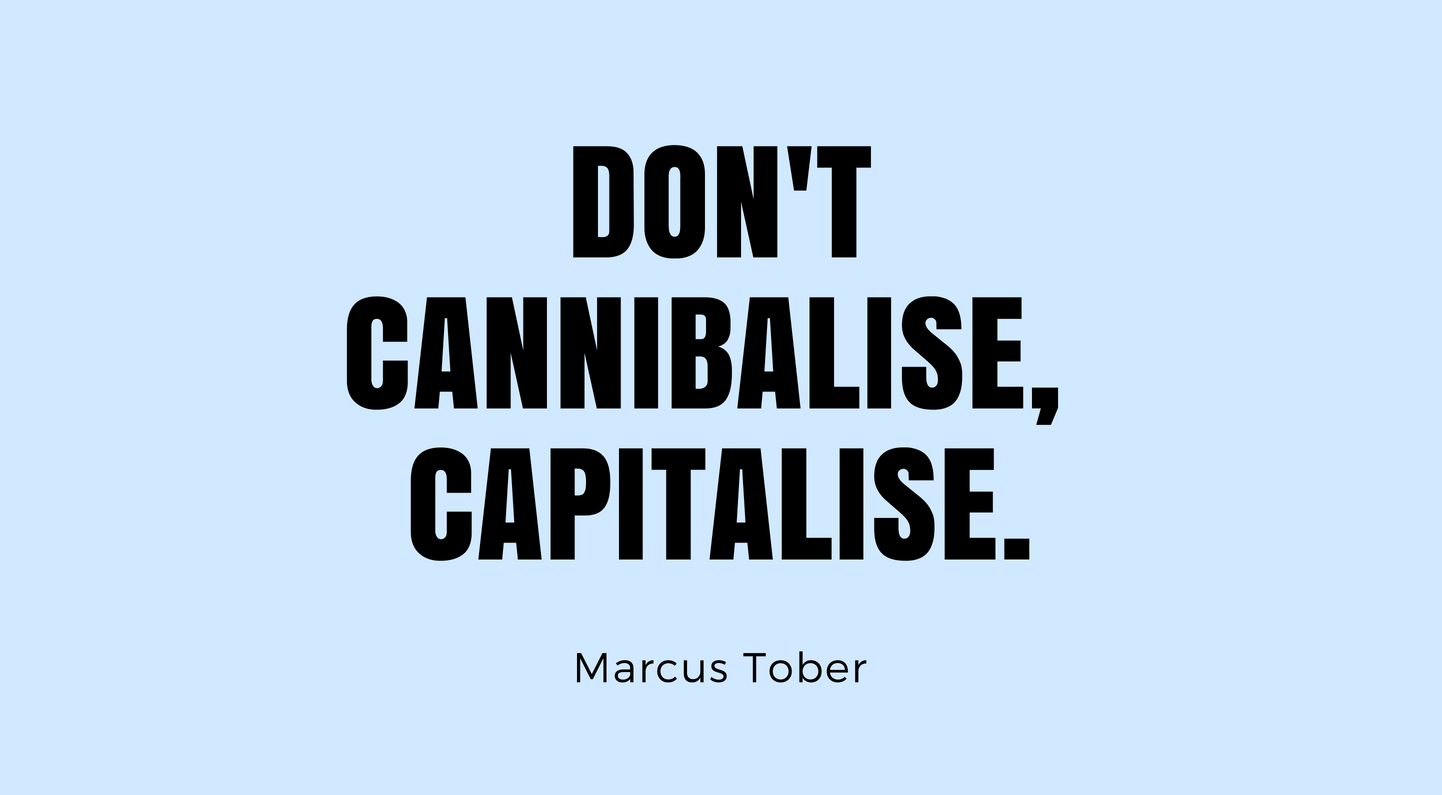Let me describe two situations. You may be one or the other, or even reside somewhere in between or out of the bounds of these definitions altogether. The ones outlined are for the purpose of adding context to the issue: existing brand content and how to utilise it to its full potential.
You’re an Agency
You’re working on a client account, on their content to be more specific. They have a goal, to be ‘top of Google’ and ‘make more money’ – of course, you’ve heard that many times before. You know the brand, you’ve been working with them for a few years now. You’ve nailed their audience and have written up multiple consumer personas. You know the business inside out, producing social posts, hosting workshops, heck you even designed their website (well, those lovely albeit quiet chaps in development did). You’re now tasked with the beast that is content. Their business is a good ten plus years old, and the owner is an expert in their field – providing you with reams of the good stuff – PDF’s, blogs, articles, downloads, images… the list goes on.
You’re a Business
You may find yourself on the other side of the above. Immersed in all the glory, living and breathing the brand you work for and represent. You are under pressure from above to produce results, a disadvantage of this situation is being in the firing line. Worse still, you only have yourself to blame for not appearing top of the searches – as the company is your own! Just as those working from an agency angle – you have stockpiles of content you and the business have collated over the years. This may only be a pile of papers and documents stuffed into a filing cabinet, files and folders on your laptop or you may even already have the content sitting online in various formats.
So, What do you do about it?
Whatever position you’re in – you need to sort this stuff out. You know the content you have is written from a professional point of view and can provide value to your followers and furthermore a potential new audience.
Compare this to your favourite takeaway (bear with me).
Imagine you are the chef and you know you have made a delicious meal from the finest ingredients available. Your customer is sat at home, hungry and dreaming of that specific dish. What’s the use of these two separate entities if the process of bringing one to the other doesn’t exist? That is if the delivery guy isn’t working that day – and so no-one is getting a curry – thus longing and hungry. Let’s face it; they’re not going to head out to fetch it themselves – just as your audience isn’t going to come looking for your content.
Research lets you know what they want, then you cook something up and deliver through the best possible means, in the best possible format.
I recently watched an enlightening Brighton SEO presentation from the founder of Searchmetrics, Marcus Tober. Entitled ‘Out with the Old, in with the Niche: Content for the Moments That Matter’. Marcus agreed there are ranking factors that are universal such as page speed and grammar best practices. However, not all ranking factors can be universally applied to the content. In fact, they’re different and dependent on your niche and industry.
He used the excellent example of dating site versus divorce advice sites. Dating sites had lots of images and little text, they also made creative use of video, tended to have an emphasis on social aspects and provided fun downloads. Divorce sites unsurprisingly use little imagery, lots of text, no video content and little use of social media. This illustrates the ‘high word count wins’ is not always the case – the user wouldn’t want to read lines and lines of text on a dating site, just as someone looks for separation advice would not expect an instructional video.
So, once you have established the types of content formats and individual ranking factors that will work best for your niche, what can you do with your existing content to improve your search visibility? There are six ways for you evaluate below.
Rebranding and Sub-branding
Rebranding as a grand solution to business struggles can be suggested all too quickly. However, when it comes to content, this is well worth seriously considering. As mentioned above you not only need to tailor your ranking factors, you should look to specialise in your niche to make it to the top.
Take the mid-nineties website about.com, who was a big content player back then, giving their authors freedom to write about and produce content about, well, anything and everything. About then developed subdomains for these industries like music.about.com and travel.about.com. Unfortunately for them, their visibility plummeted, eventually dropping off altogether.
Their solution was to build separate brands for these niches including thebalance.com, livewire.com and thespruce.com. They each specialize and produce insight into their industry in their own right. This way no valuable content is lost and deleted – just rebranded in order to present it to the right audience. Same content, just new domains. Now, the combined visibility of these sites equals that of about.com five years ago.
Can your content be championed by a new brand or sub-brand? Maybe you are a wedding planner, with heaps of hen party hints, tips, advice and information – can you create a new brand with a new domain in order to support and promote this content? Sometimes a brand just needs a complete overhaul for reasons such as losing sight of original goals and intentions or acquisition of unwanted connotations or vibes. In these cases, an entire re-think on the brand can be implemented.
Moonpig rebranded in 2017. Creative director James Turner said “We needed to lose the gimmicky-ness, hero the trust, simplicity and personal touch consistently across the brand. We hadn’t kept pace with the exciting and colourful reality of our business today”.
Restyle
Evaluate the way the content is presented in terms of design, format, and user experience. A page of text can be redesigned to include images or graphics to illustrate and greater explain your thoughts. If an article includes lots of figures or numbers, perhaps you could repackage the content into an exciting infographic?
Sometimes making visual changes in order for the web page to perform better can be as simple as changing the colour of a button or call to action. Or it could require more work than that – like a total re-design of the look and feel of a piece of content – if something looks attractive, the audience will be more tempted to download, engage or take action it.
Get your designers involved or have a go yourself, you may be surprised at what improvements you can make based on taking a step back and viewing your content from your audience’s perspective. Don’t be afraid to split test and try things out (as with other points on this list). Conversion and engagement rate optimisation requires a lot of trials and testing and we can’t emphasize enough how much you can gain in terms of user behaviour insights.
Reorganise
Can the format of your content be structured and organised in order to suit the user intent and purposes more efficiently? Use data and insights about your audience’s behaviour from split testing and analytics software to lead you to optimization changes. Are pages with more structure and bullet points performing better? You know what you got to do!
Back in 2014, Gov.uk came about from the amalgamation of two websites – Direct Gov and Business Link. See, one idea to make the content “much simpler, clearer and faster, and “focused entirely on users”. They offer a perfect example to illustrate how making changes to existing content can increase usability and thus visibility.
Above shows before and after shots of their bank holiday information page. They clearly used information on how people actually used their site to make this page much clearer.
Humans read and engage with content that is logically arranged in terms of layout on ‘paper’ and information that follows a path. We like beginnings, middles and ends. Clear indicators make your content take the audience on a journey or tell a story.
Revisit
Many of the points on this list should be looked at periodically for any sort of content.
You should look to update your content regularly in order to keep it appropriate for the times. Can the piece be updated with new views, information, evidence or links? Have recent events in the news or wider world caused your content to become questionable, or perhaps even more relevant than ever? An influencer may be exploring the issues you have raised – you can include them as a case study or add in a quote from a source of authority.
Since the original content creation date, you have so much you can elaborate on, or explain further. You are the expert – can you turn a one-page document into an in-depth whitepaper perhaps?
Redistribute
This point is about shouting about your content. A key thing to remember with content for marketing purposes is ‘there is no point in producing amazing stuff if you don’t share it.’ Without the right platform and facilitators, your work will never be appreciated or engaged with or even seen.
Can your content be shared with influential people or partners? These valuable links and platforms will see your content elevated to another level of recognition and potential audiences. It’s about building relationships which you can call on for that extra boost.
Removal
Now this one is perhaps the hardest to swallow. In short, recognize if you have low quality and essentially useless content. This can be hard – a lot of work may have gone into it in the first place and of course, you will be protective. However, a bit of tough love may see you reap more benefits in the future. Be brutal whilst looking at things from a client point of view – is this helpful? Interesting? exciting? No? Get rid of it.
Some businesses can even go as far as deleting 95% of its content. Sounds crazy, but think of it as a spring clean. Ultimately the outcome will leave you feeling better about your business and the future of it. Less content means Google can crawl content faster and, most importantly, understand its value better. As mentioned before, you can’t be good at everything. Look to have one specialized, in-depth post, instead of multiple shallow articles, to show your expertise in the field.
Conclusion
I feel I have no better conclusion the above from Marcus Tober who inspired this piece to come into creation, but I will try to summarise. I believe food makes the best analogy in most cases so let’s take it back to playing chef for your favourite takeaway. You recognize you have all the best ingredients to create a really tasty meal and maybe you have already whipped up some stunning side dishes. To deliver the goods, in this case, a damn fine takeaway curry – you need to first organize yourself, follow a recipe and successfully cook up a superb piece of content. You can make use of a taste tester (split testing) and use your knowledge of current food trends (analytics) to produce something that rivals all other takeaways in the area.
Then there’s the delivery guy – the way you choose to rebrand, restyle, reorganize, revisit and redistribute your stuff. You need to bring that beautiful curry to your customers so that they too get to appreciate it. BUT, if you don’t feel 100% happy about serving that dish – think twice. It might be a personal favourite, but nothing is as sad as a forgotten, soggy poppadum. The one ranking factor you can apply universally is high-quality content, so don’t cannibalise, capitalise.



